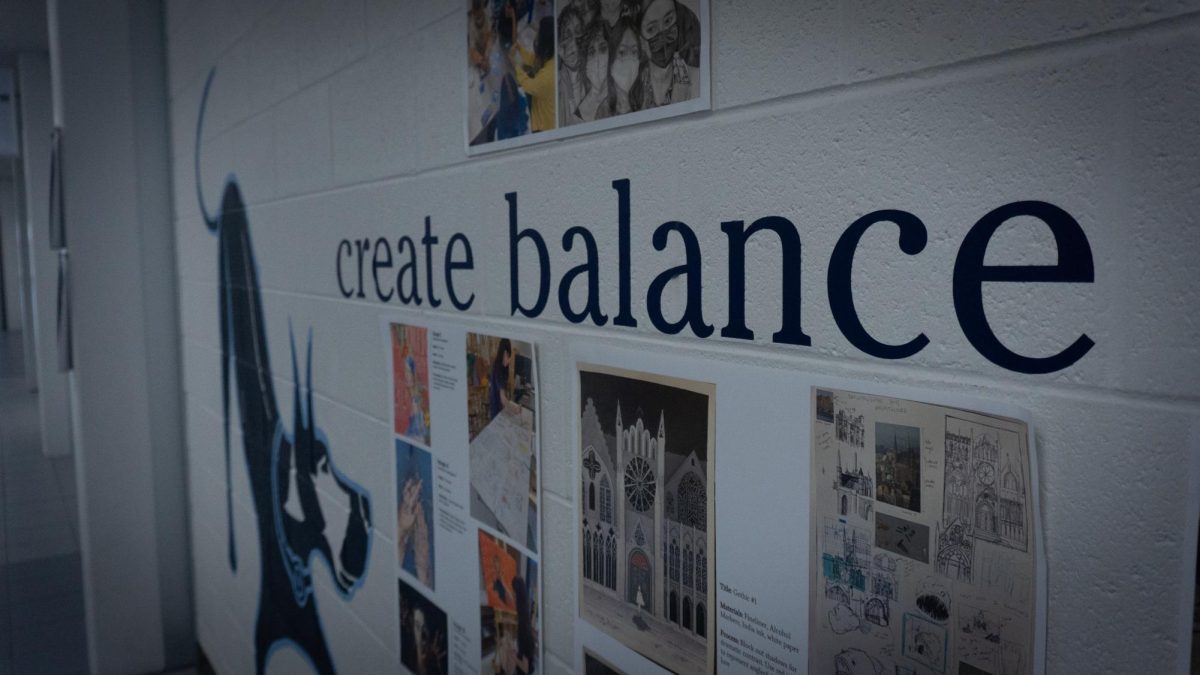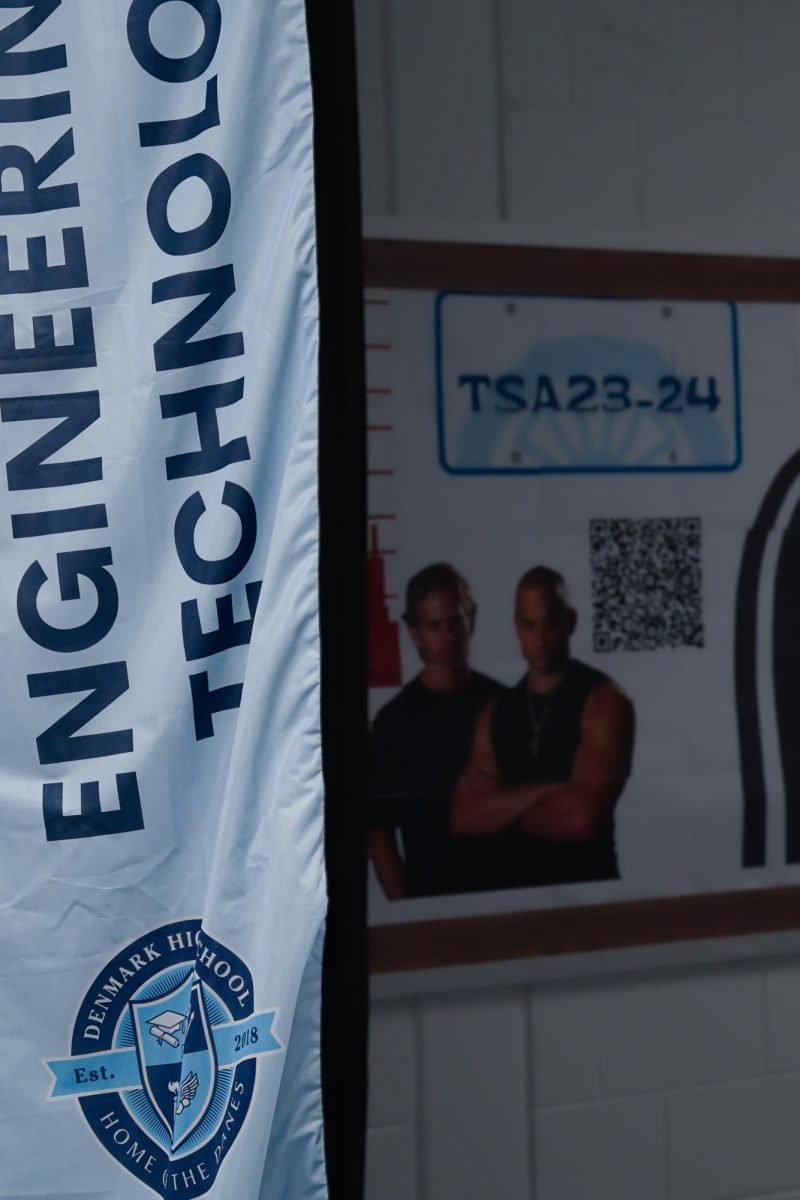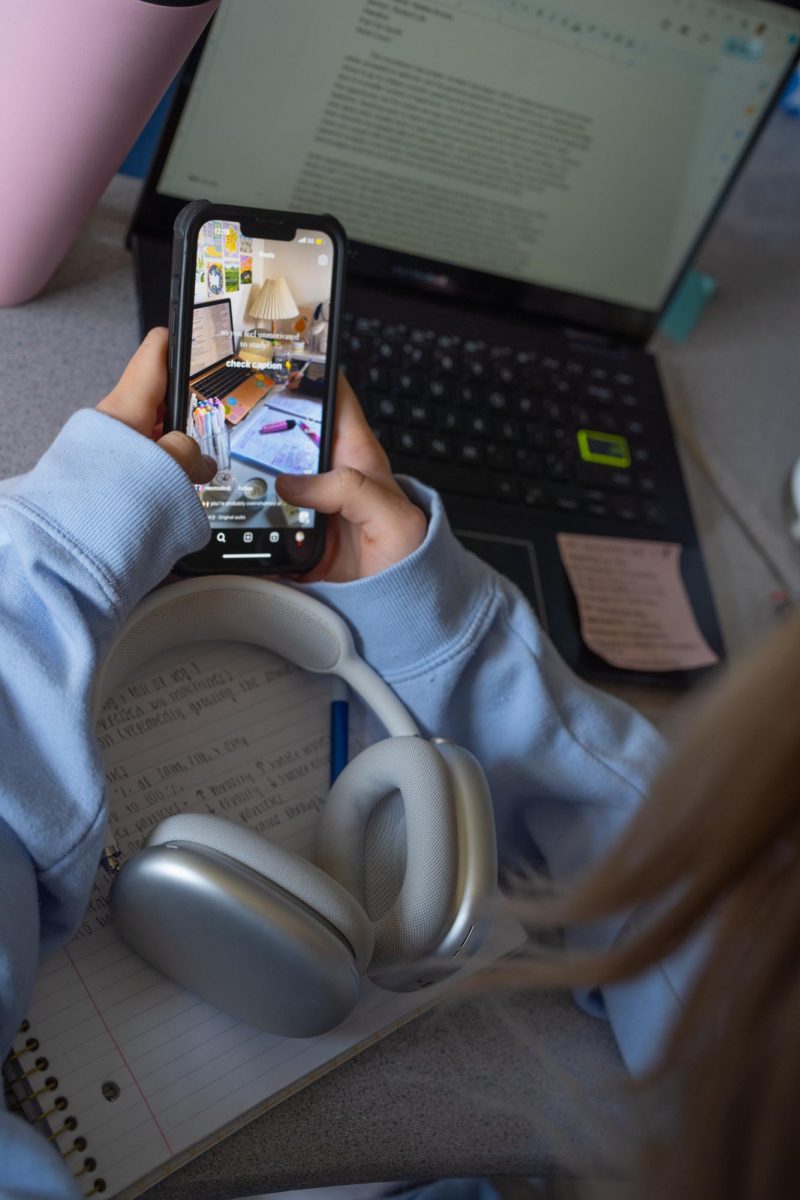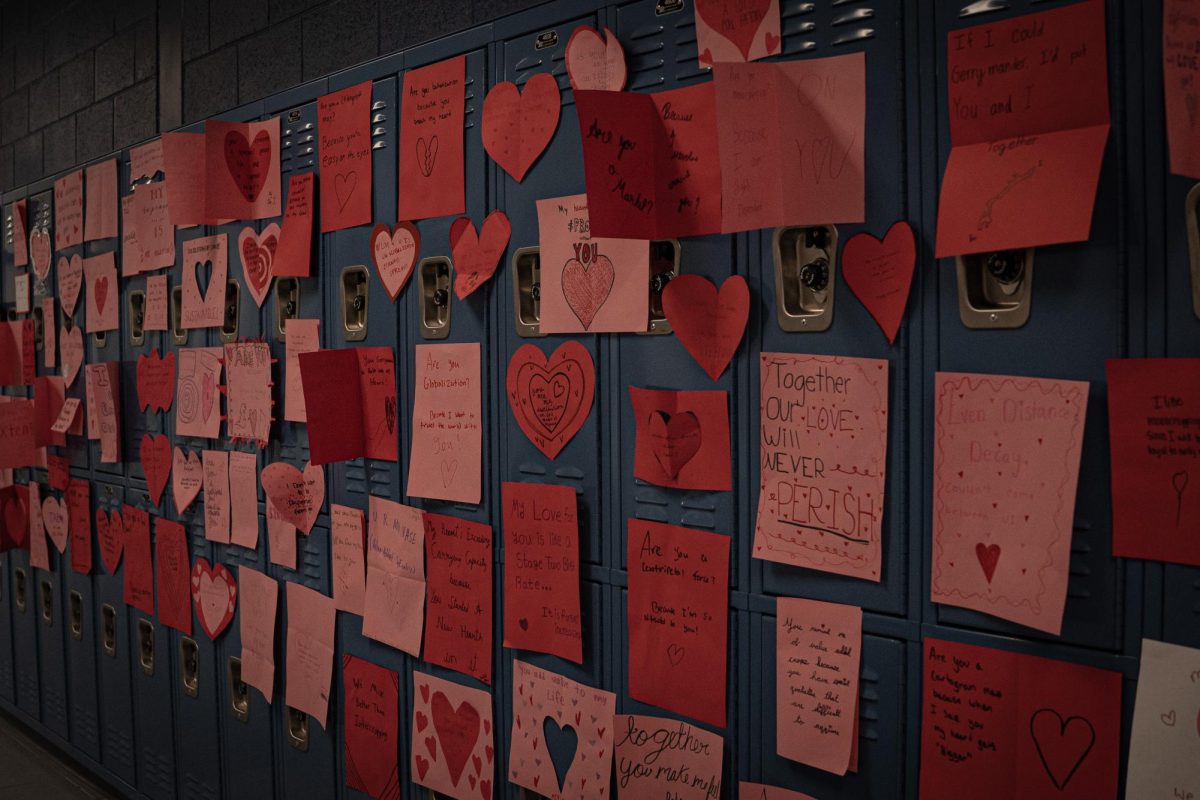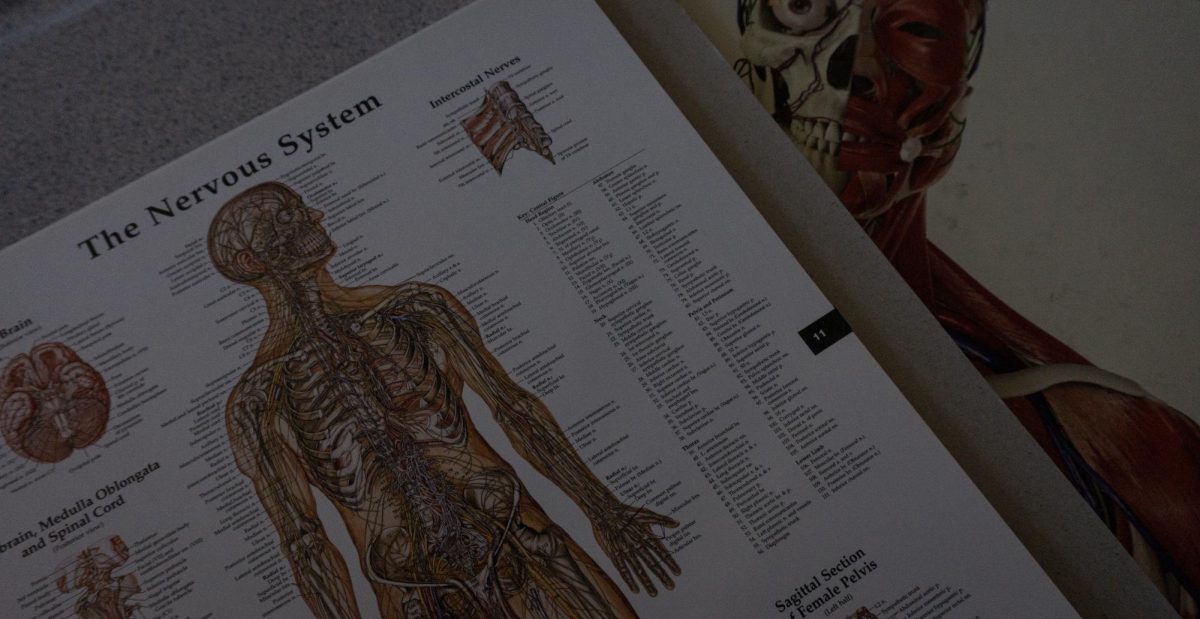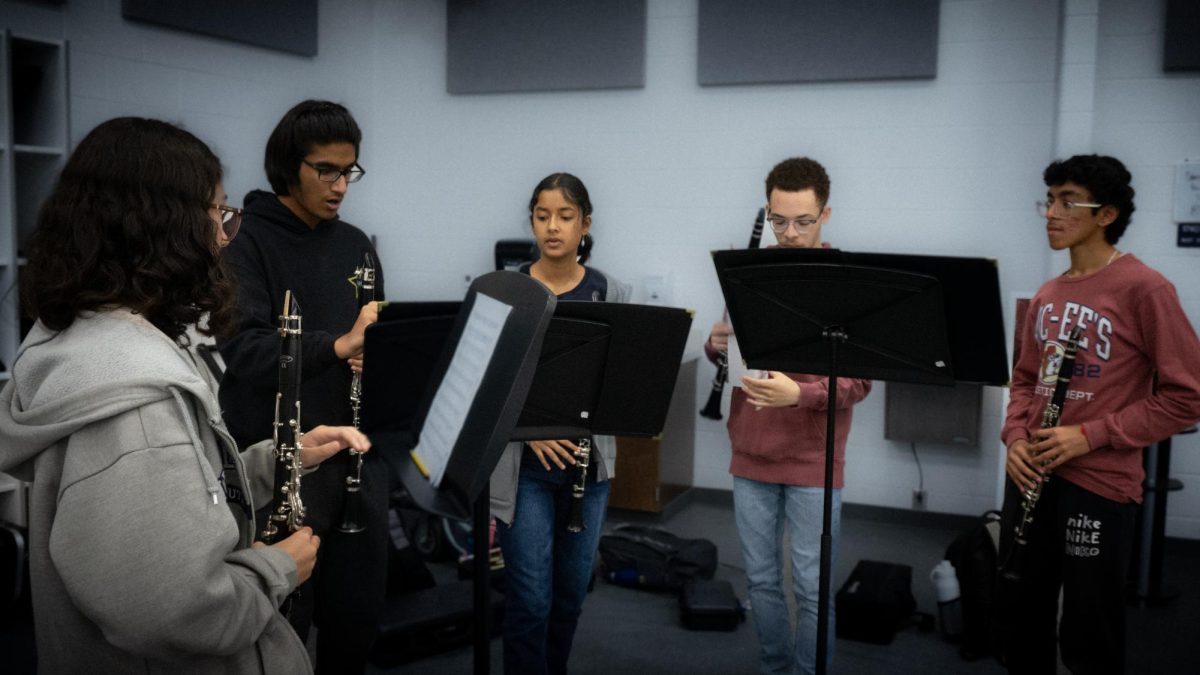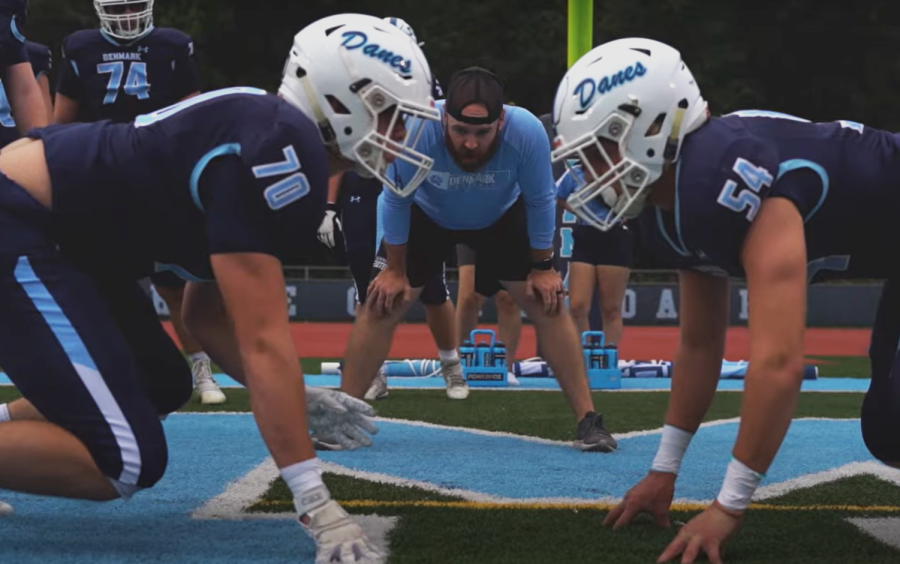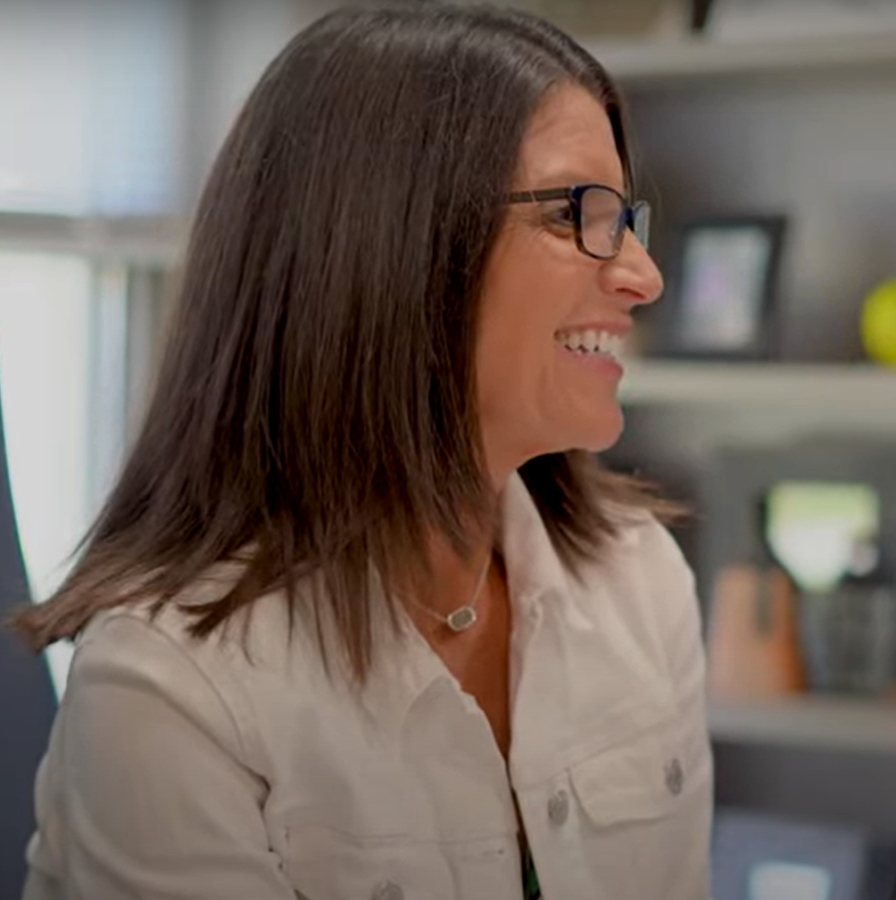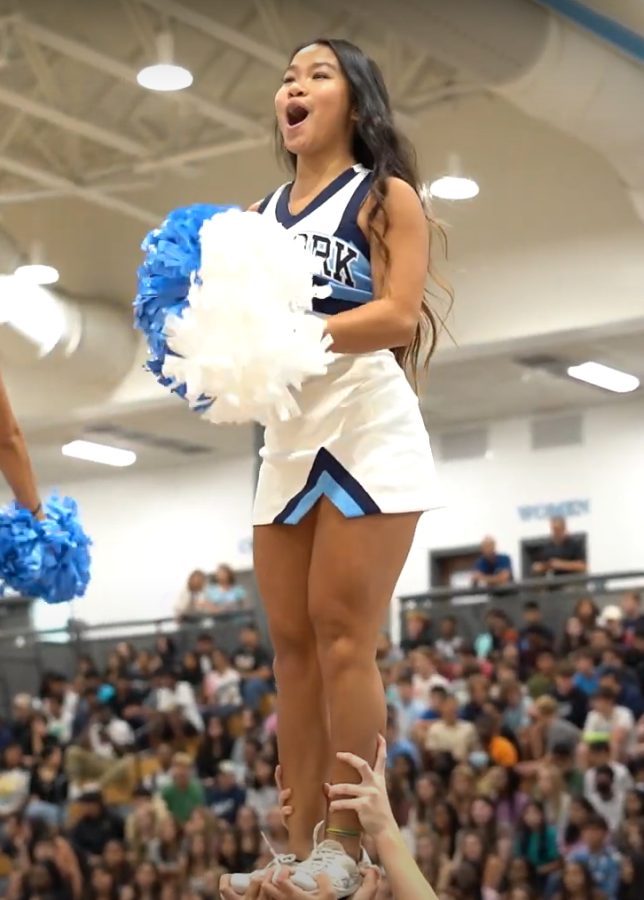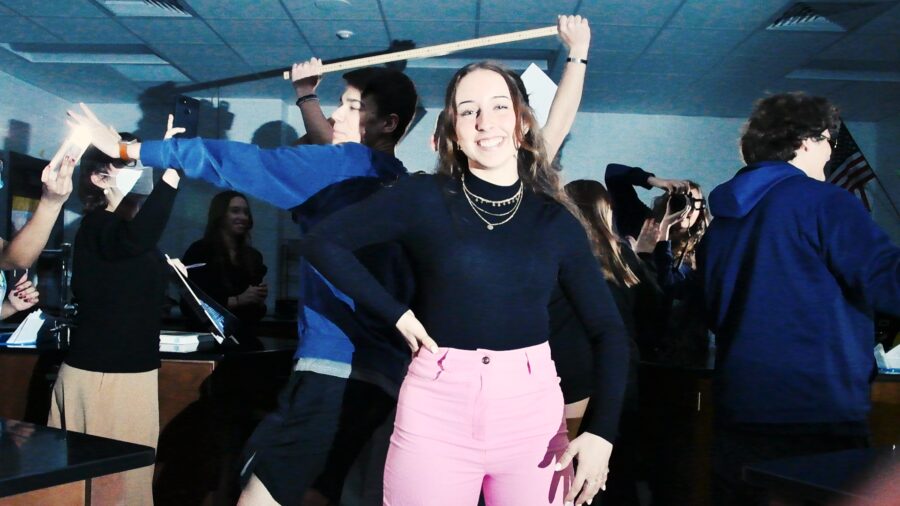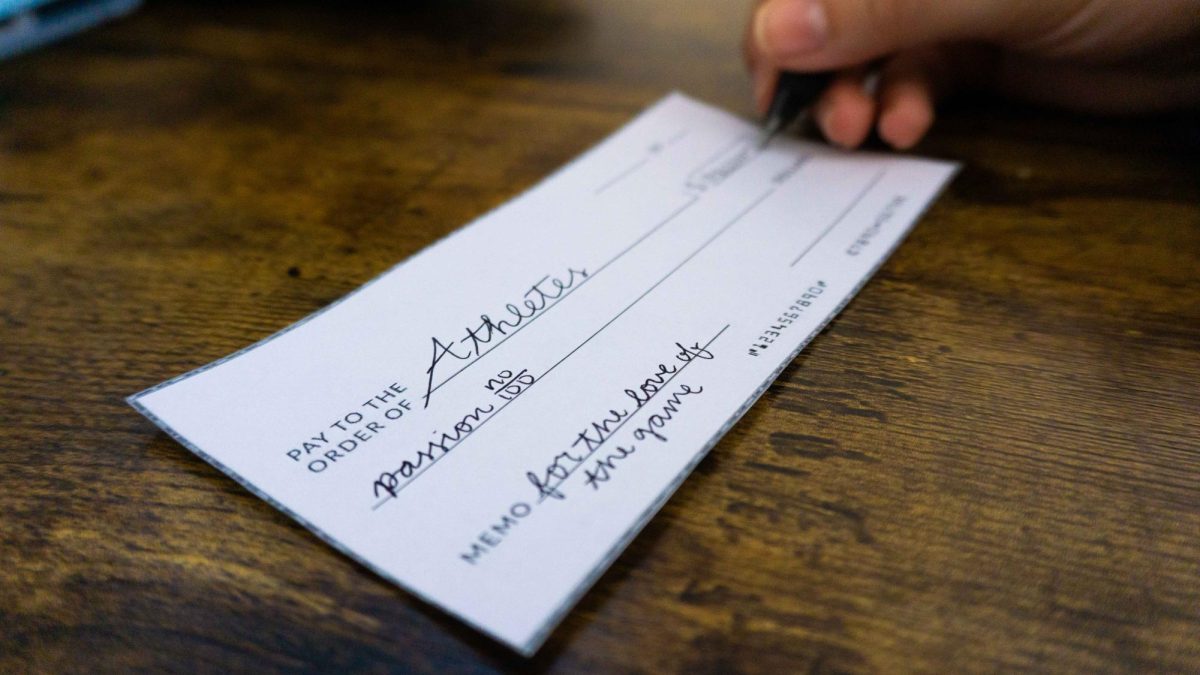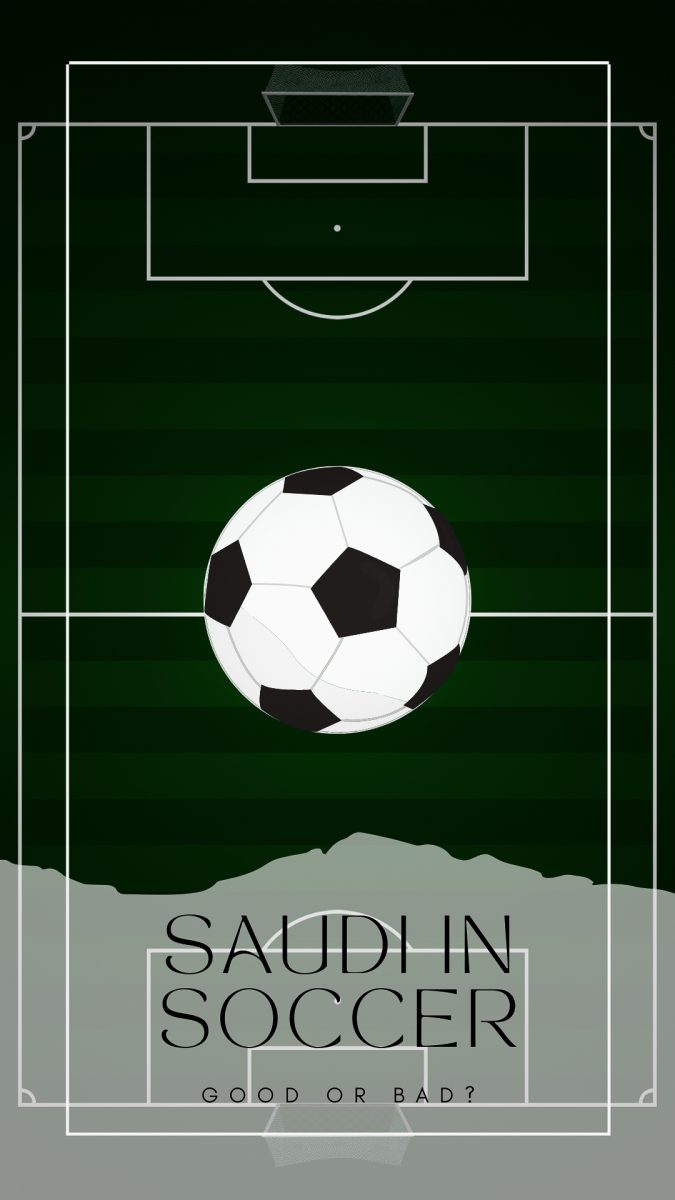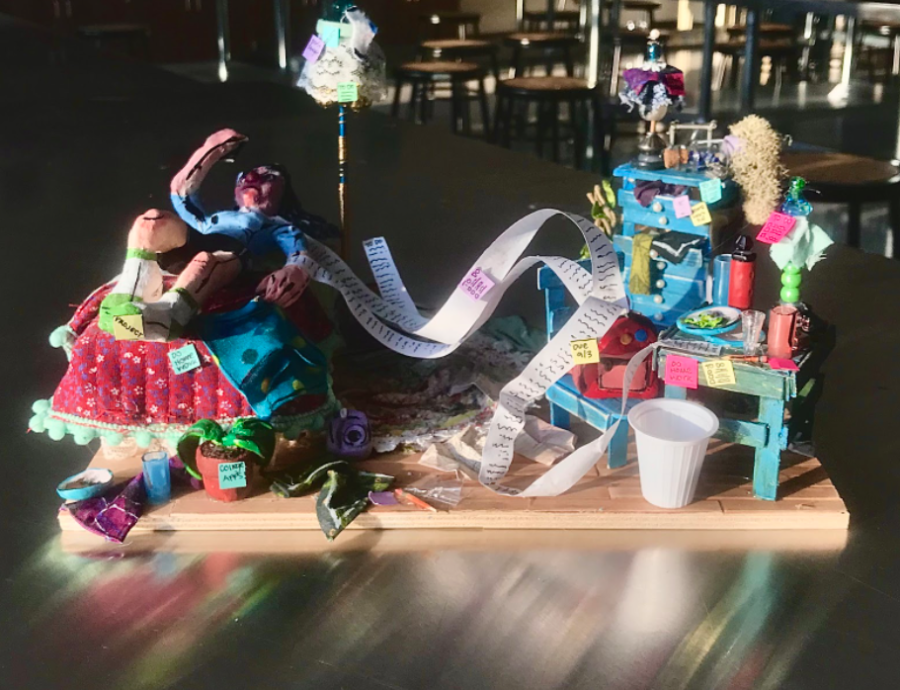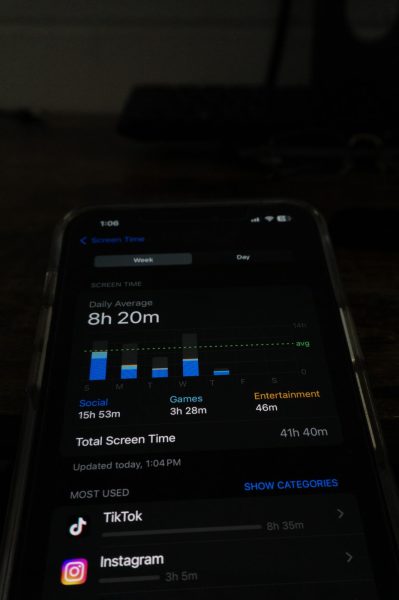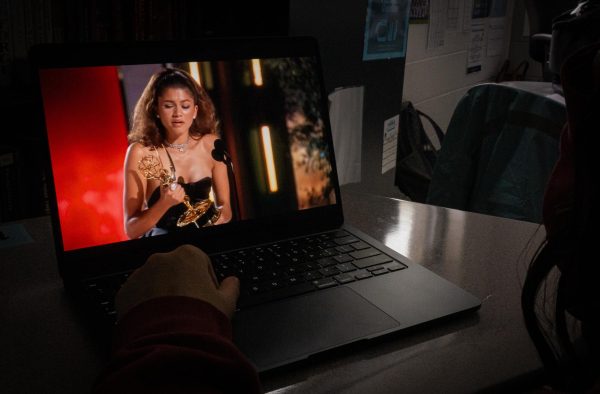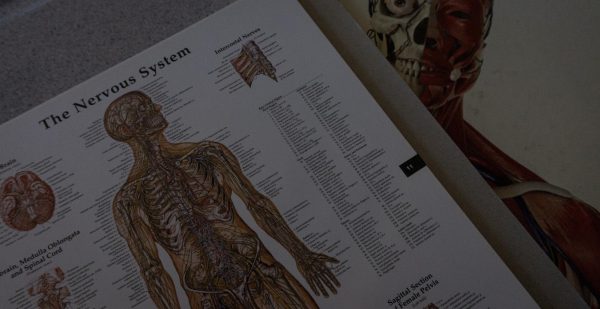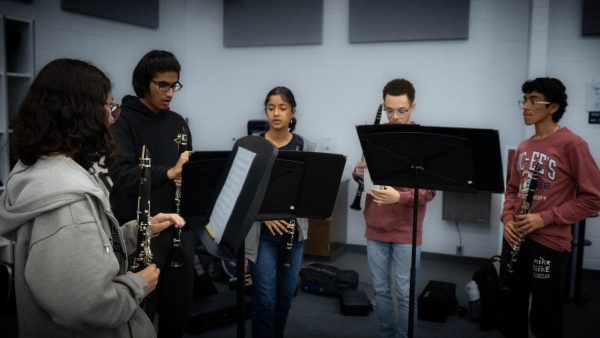Harmonious Headway: Senior Artists Look Back
Whitney Pruitt’s first piece as she begins AP 3D Art.
Colored pencils are seized from the table and thrown into a box, without any thought to where each color belongs. Red escapes into the blue section. Yellow isolated among the cluster of purple. Leftover eraser shavings and broken bits of lead are swept off of the tables. The back sink switches on, and brushes jangled up in paint-covered hands are swept under the warm stream, each bristle being carefully cleansed of pigment and other leftover remnants. Chaotic, yet organized, this is just another day in Ms. Wood’s art room.
Over the last four years, Denmark’s art program has seen many incredible students walk through the art room doors. With the pathway flourishing like never before, seniors Whitney Pruitt and Kelis Kim take a walk through the museum to dwell upon their young artist careers.
Perfect Imperfections
Pruitt had always had a knack for art. Every now and then she’d get her hands on a blank sketchbook page and work her magic. She didn’t care or think too much about what she was doing; the moment the pencil tip rose off the page, satisfaction washed over her.
That however, meant the tip didn’t leave the paper for a long time. Stroke after stroke, her pencil glided across the page in delicate motions. When there was even the tiniest mistake, she would use her eraser to gently scratch the paper’s fibers, loosening the graphite marks.
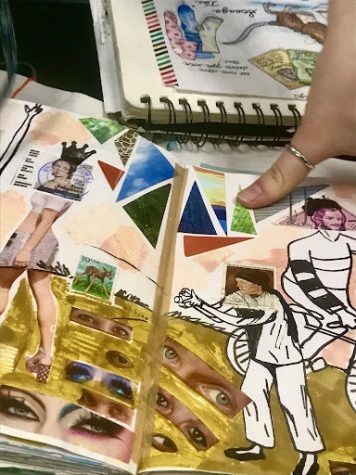
“I used to be really worried about oh this has to look perfect— but now I realize I can work around things,” Pruitt remarks.
Like many artists, Pruitt often struggled with perfectionism. Despite being confident in her artistry, if the final product didn’t replicate the image in her head, she didn’t feel like it was good anymore. That’s why she has since been practicing better methods to avoid getting caught up in intricate flaws. Instead of rushing to fill the page the second it’s set in front of her, she’s learned to start with rough sketches and build from there. That way, she can make edits before moving on to her final draft. Even then, accidents are bound to happen, so she navigates through them the best she can. That’s the beauty of art: there’s no right or wrong, it’s about bringing together lines, colors, shapes, and even mistakes to establish unity.
Colored Lenses
The term ‘rose-colored glasses’ means to look at the world through an optimistic point of view. In art, everyone has their own lense in which they perceive things. That’s why collaboration is fundamental. Kim recalls her time learning to effectively communicate with others, “Offering and accepting constructive criticism is definitely something I’ve learned over the years. It’s important to know how to do that correctly without offending others.”
Even when not rendering advice, students oftentimes come together to share their own perspectives on artwork, Kim explains. One piece of work can have an infinite number of meanings, it just depends on who’s looking at it. “It’s just really fun to communicate with each other our own thoughts on what a piece of artwork could be,” she opines.
Not The End
Both Pruitt and Kim have bloomed in various ways since starting the art pathway. Pruitt has found her own voice, and is now the president of Denmark’s National Art Honor Society. She says she has grown more confident in herself and her art. She allows herself to make mistakes, and she can comfortably express herself with masterpieces. As for Kim, she is discovering opportunities that she didn’t realize were available before. Originally interested in engineering, the senior mentions that after taking art, she has distinguished areas where both of her interests overlap. Thus, it opens more doors to careers she can pe
While their time in high school may be drawing to an end, their artist careers are nowhere near complete. Even now, plenty of space remains on the page for pencils to dance and colors to bleed.
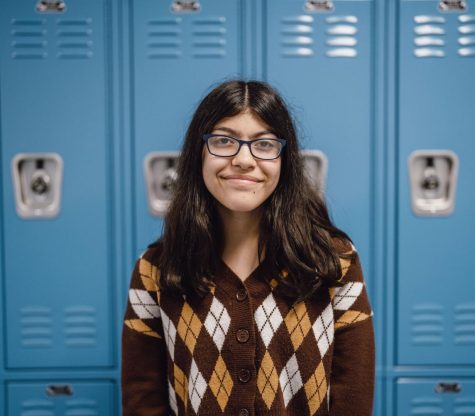
An older sister, a writer, and an artist. My mind is its own universe filled with stories I am eager to share, whether that be through written words or...




